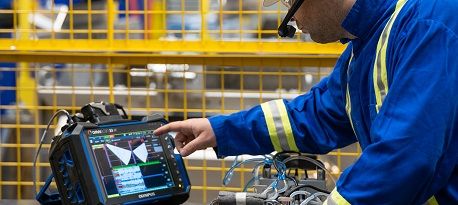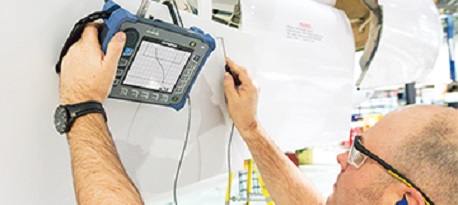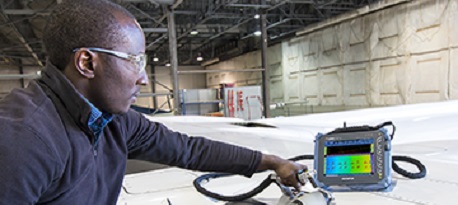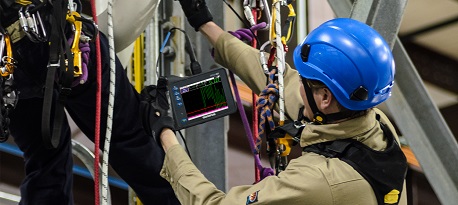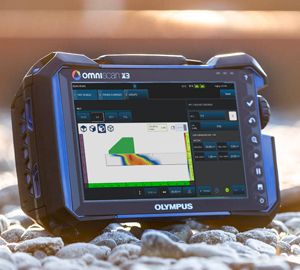Nondestructive Testing (NDT)
Nondestructive Testing (NDT)Welcome to the Evident nondestructive testing (NDT) resource page, a hub for NDT questions, articles, and training materials covering various types of NDT methods, including traditional ultrasonic testing, phased array testing, and eddy current testing. The material found on this page is ideal for both experts and beginners looking to learn more about NDT procedures and devices. |
Sorry, this page is not available in your country
Let us know what you're looking for by filling out the form below.
